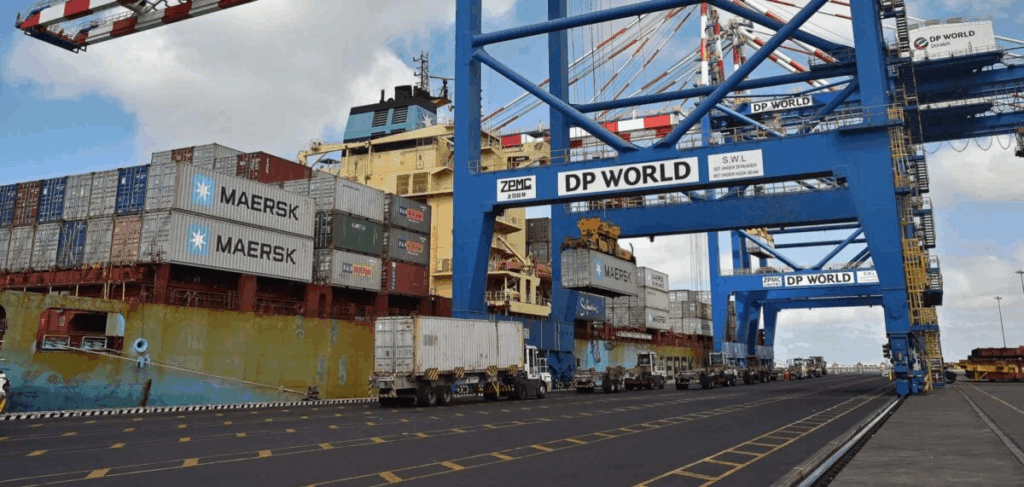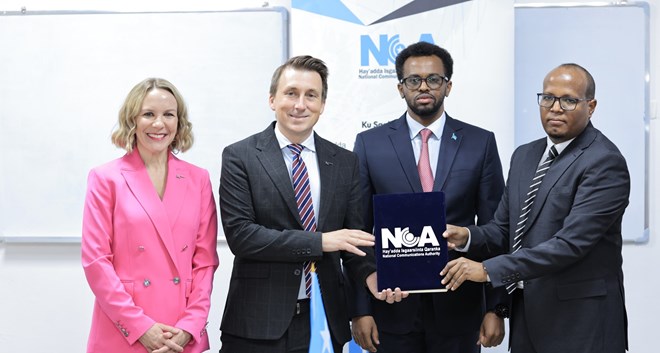The number of Somalis using the internet has reached 10.7 million in 2025, representing more than half of the population, according to recent government data.
This surge is largely driven by the rollout of Starlink’s satellite internet in August and the launch of Somalia Digital Strategy 2025–2030, signaling a new era of connectivity and digital transformation across the country.
Digital Connectivity on the Rise
The expansion of internet access in Somalia marks a significant improvement in a country long challenged by infrastructure gaps and limited online services.
Despite these strides, Somalia still ranks 191st globally in the availability of online government services, highlighting persistent challenges in digital governance.
A Strategy that Drives Somalia Digital Economy Forward
However, within Africa, the country is gradually improving its position.
Due to increased investment in digital infrastructure and services.
Communications Minister Mohamed Aden Mohamud Ali emphasized that Somalia Digital Strategy 2025–2030 is designed to unify digital initiatives under a single framework, he said:
“This plan will drive Somalia’s digital economy forward and open new opportunities for young innovators.”
Somalia Digital Strategy 2025–2030: A Roadmap for Growth
Somalia Digital Strategy 2025–2030 aims to strengthen internet infrastructure, enhance online government platforms, and create jobs in the technology sector.
The strategy prioritizes digital transformation in key sectors, including:
- Education: Promoting e-learning and access to digital resources.
- Healthcare: Expanding telemedicine and online health services.
- Agriculture: Leveraging digital tools for productivity and market access.
- Finance: Enhancing mobile banking and financial inclusion.
By targeting these sectors, officials hope to create a sustainable digital economy and improve public services for all citizens.

Starlink Expands Access Across Somalia
After receiving regulatory approval in April, Starlink quickly became available nationwide, with the National Communications Authority marking Somalia as fully connected on its global map.
In September, AstaanConnect became the first official Starlink reseller, offering local installation, sales, and 24/7 support for households, businesses, and government offices.
While this has boosted access, the quality and affordability of internet service remains mixed.
According to DataReportal, Somalia’s median fixed download speed reached 18.76 Mbps at the start of 2025—a 67% annual increase that now surpasses Kenya and is comparable to Djibouti.
However, it still lags behind global medians of 95–100 Mbps.
Infrastructure and Challenges
Somalia’s internet growth is supported by multiple subsea cable landings in Mogadishu, Berbera, and Bosaso.
Yet, last-mile connectivity limitations, high electricity costs, and device affordability continue to restrict reliable access outside major cities.
On the mobile front, data costs remain relatively low at $0.50 per GB, helping drive adoption even in rural areas.
Somalia’s Promising Digital Future
The combination of affordable, high-speed internet and government-led reforms positions Somalia as one of East Africa’s emerging digital markets.
Challenges such as rural connectivity, affordability, and infrastructure reliability remain, but the growing online population demonstrates Somalia’s progress toward economic inclusion, technological modernization, and a connected society.
With continued investment and strategic implementation of Somalia Digital Strategy 2025–2030, the country’s internet landscape could become a model for the region, unlocking opportunities for innovation, entrepreneurship, and access to global markets.


